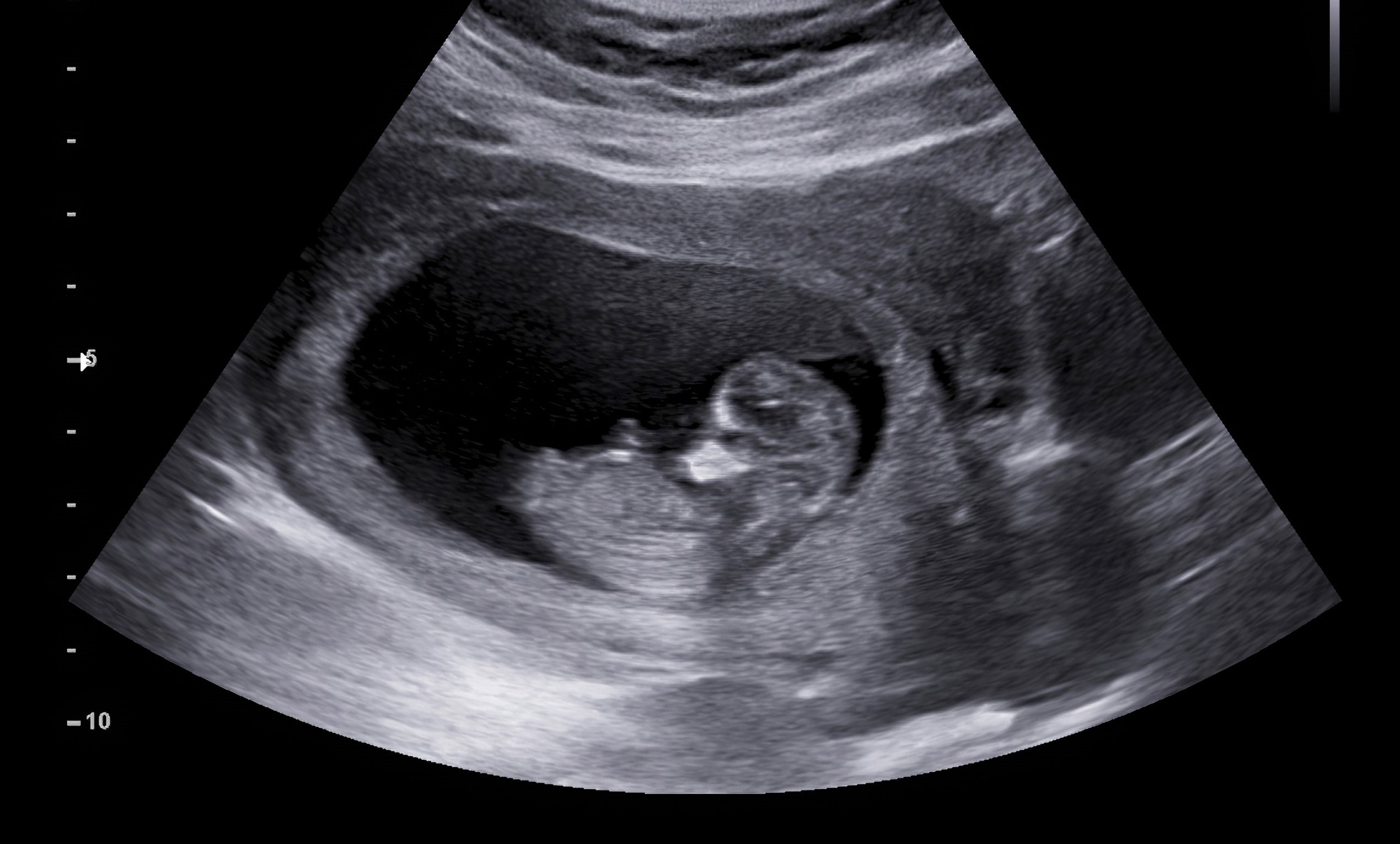What is Roe v. Wade?
On Jan. 22, 1973, the Supreme Court issued a decision that a woman's right to an abortion falls within the right to privacy protected by the 14th Amendment. The decision gave a woman a right to an abortion during the entirety of the pregnancy.
In 1969, Norma McCorvey was poor, uneducated, unmarried, and pregnant. She wanted an abortion, but it was illegal in Texas unless it was “for the purpose of saving the life of the mother.” She was referred to attorneys Sarah Weddington and Linda Coffee, who were looking for someone to help them challenge the law.
With their help, McCorvey, under the name of Jane Roe, filed suit against Dallas County District Attorney Henry Wade, who was charged with enforcing criminal laws including abortion statutes. Her suit said the law was unconstitutional because it was an invasion of her privacy, and she asked for the law to be overturned. She also asked for an injunction so she could get an abortion.
The district court agreed that the law violated her right to privacy but refused her request for an injunction. McCorvey appealed to the Supreme Court.
When her case was filed, McCorvey was six months pregnant. She gave birth and placed the baby for adoption, but she said she wanted to continue with the suit to help women’s rights. Arguments were heard beginning on December 13, 1971. The state prepared its case primarily on the idea that a fetus has legal rights that ought to be protected.
In a 7-2 decision, the Supreme Court issued an opinion in support of the district court's ruling that denying a woman the right to choose whether to be pregnant violated the woman’s right to privacy.
In 1973, when Roe was argued, only four states -- Alaska, Hawaii, New York and Washington -- had repealed their abortion bans completely. Another 13 had loosened restrictions, according to Planned Parenthood. The decision in Roe v. Wade effectively overturned abortion bans in 30 states.
Back to Life Watch

